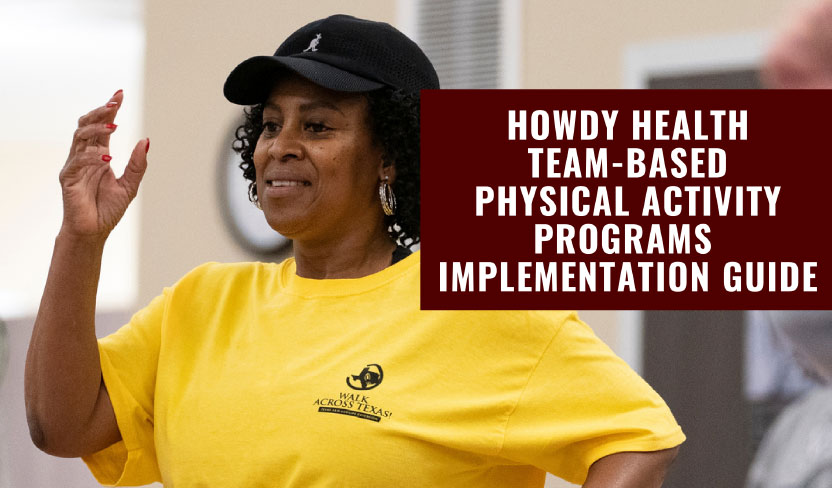
Walking Safely: Tips for Starting a Walking Routine
Walking is one of the easiest and most accessible ways to stay active—it requires no special equipment, can be done almost anywhere, and offers benefits for both physical and mental health. Whether you’re just getting started or building up your routine, staying safe while you walk is just as important as getting your steps in.














